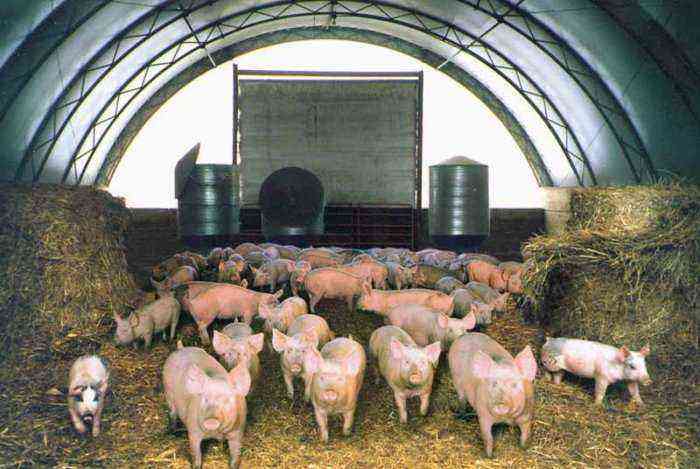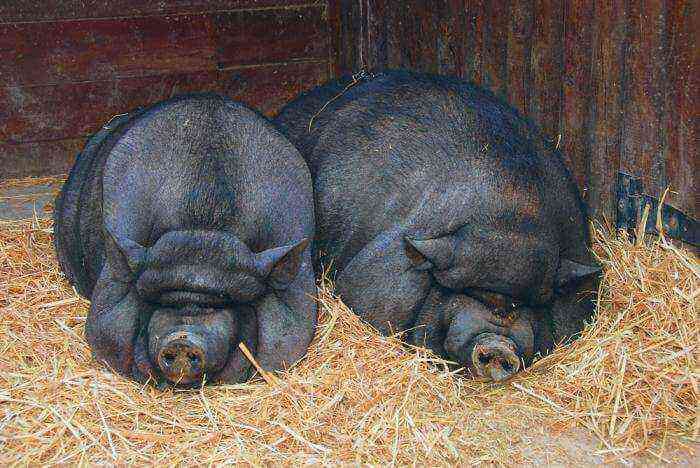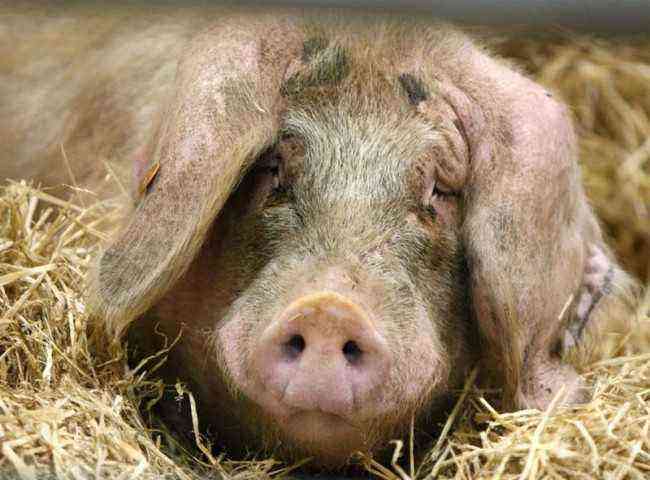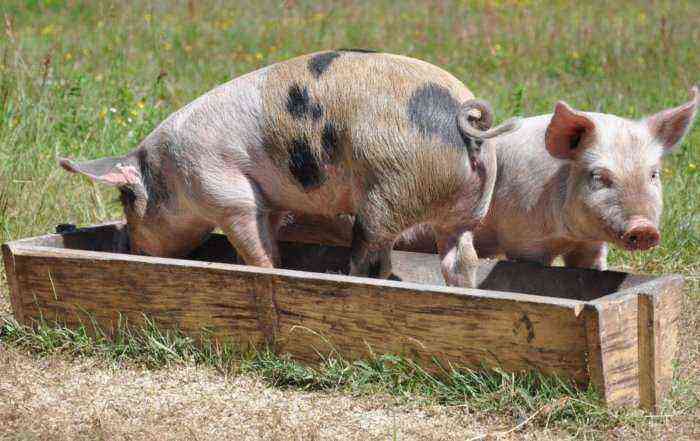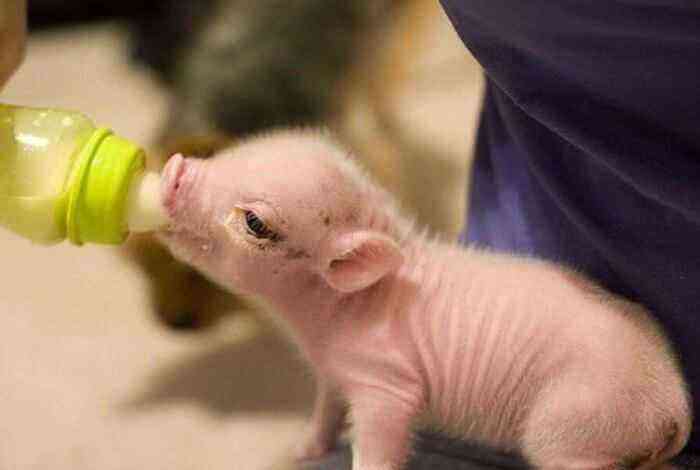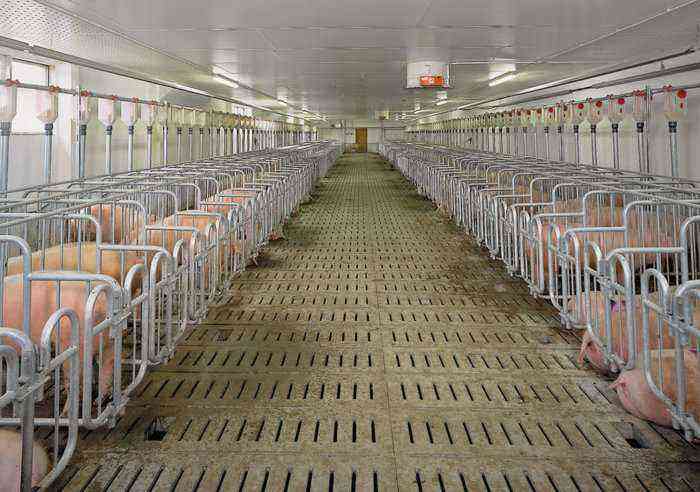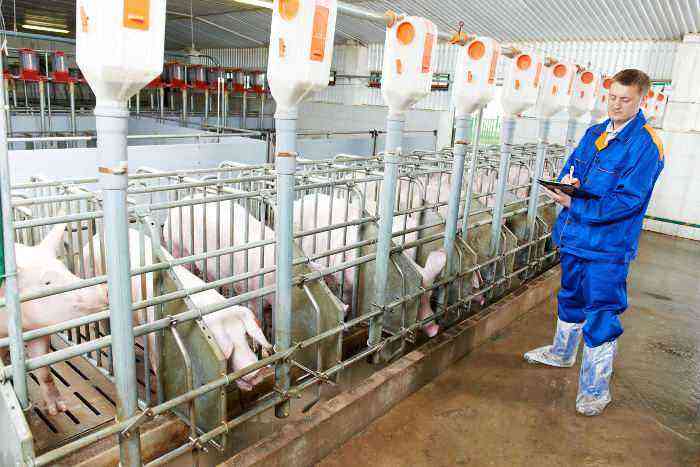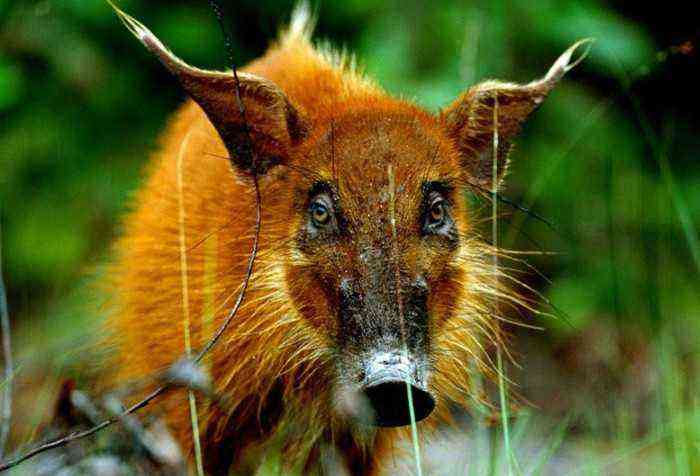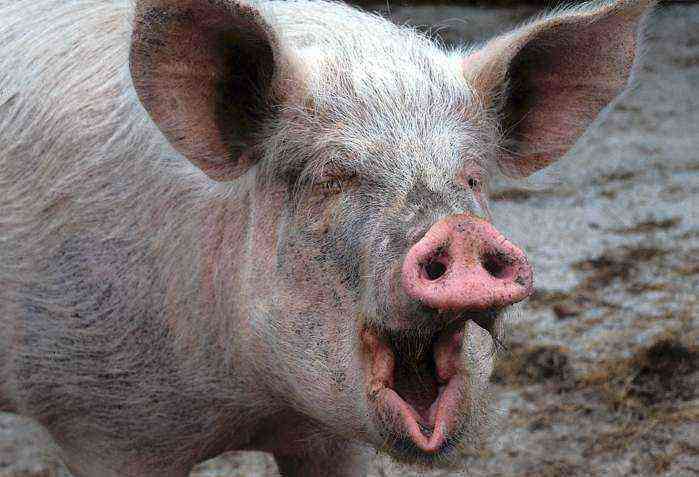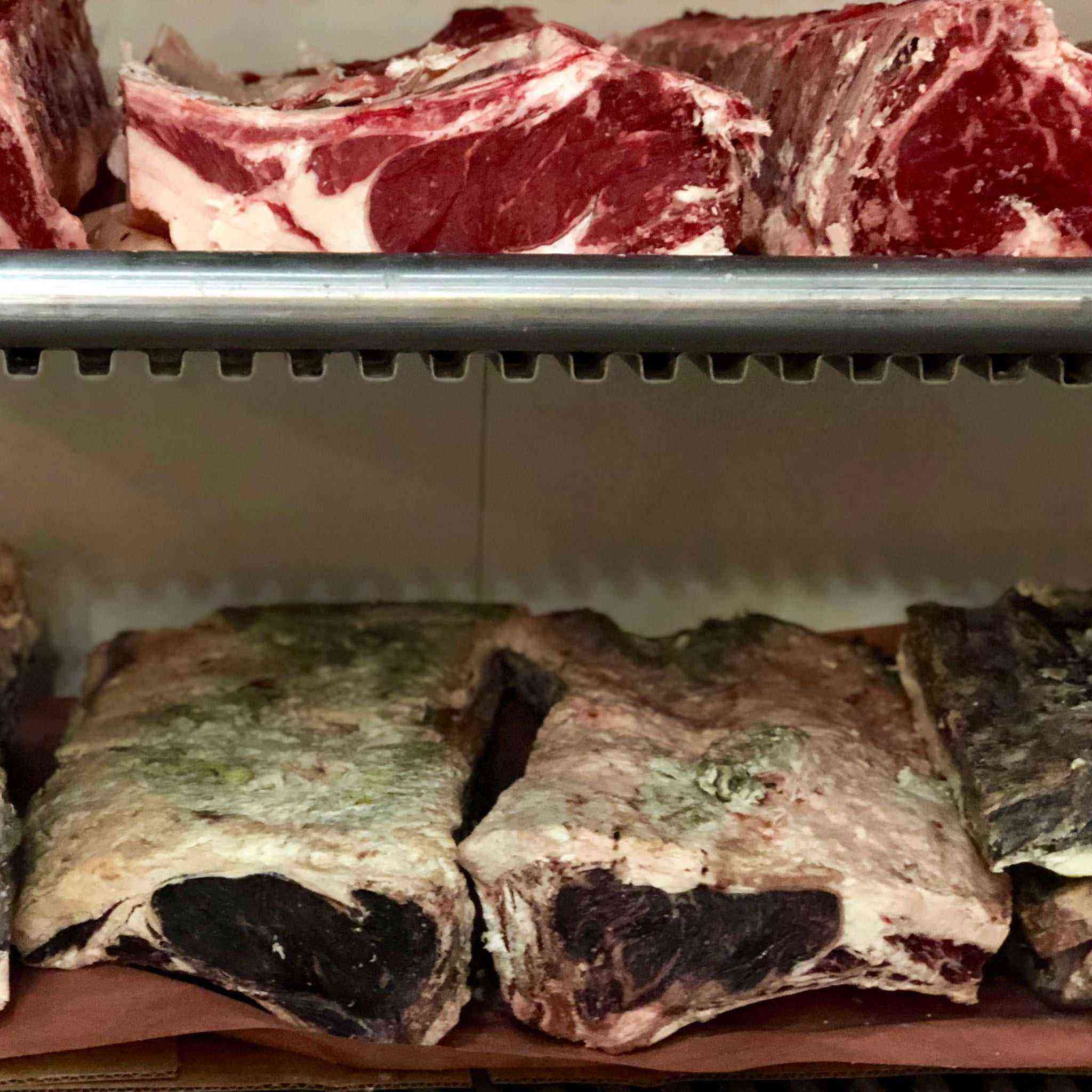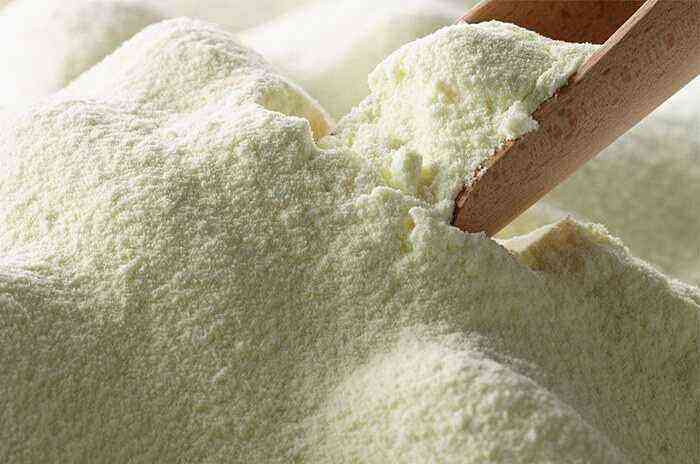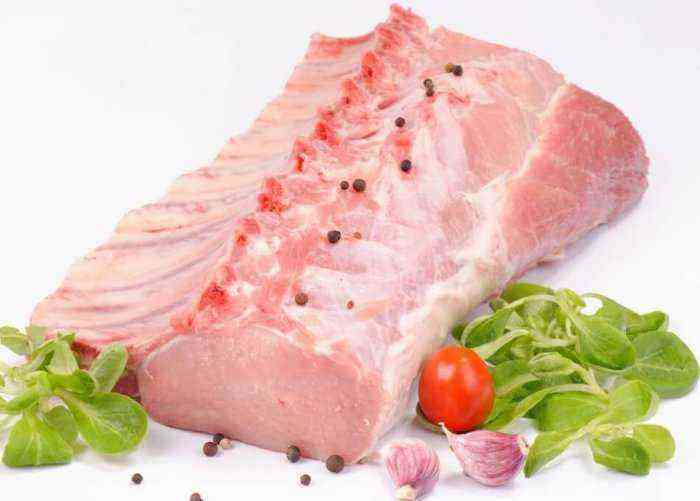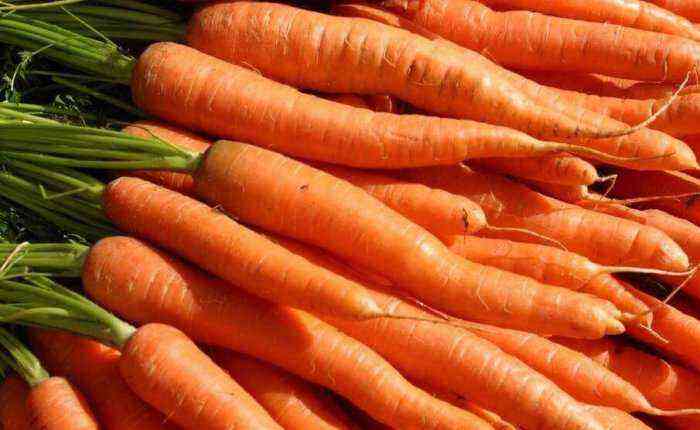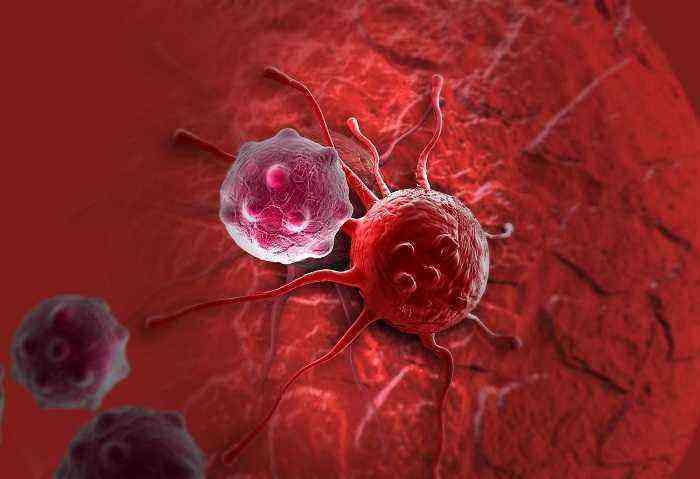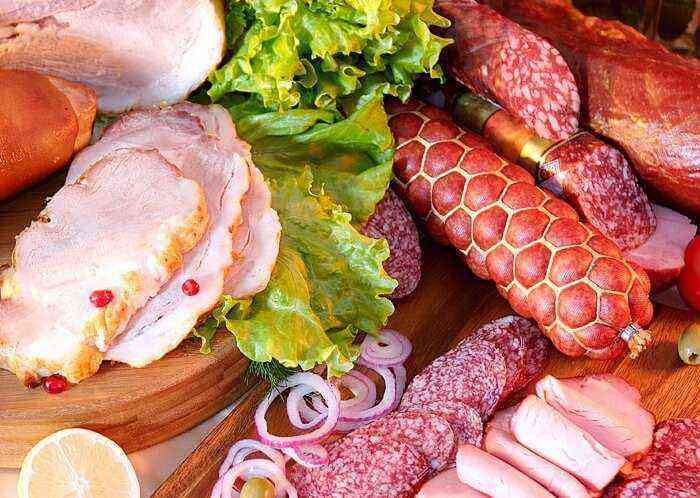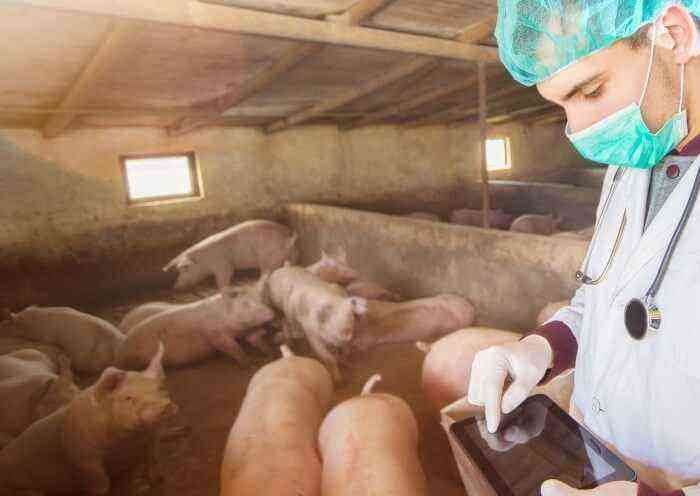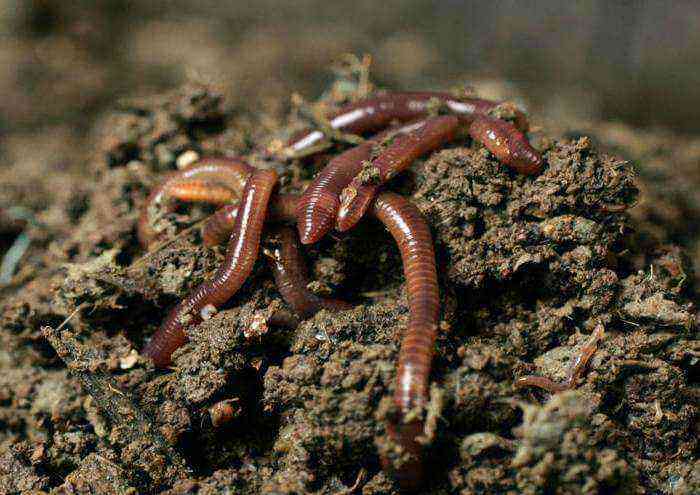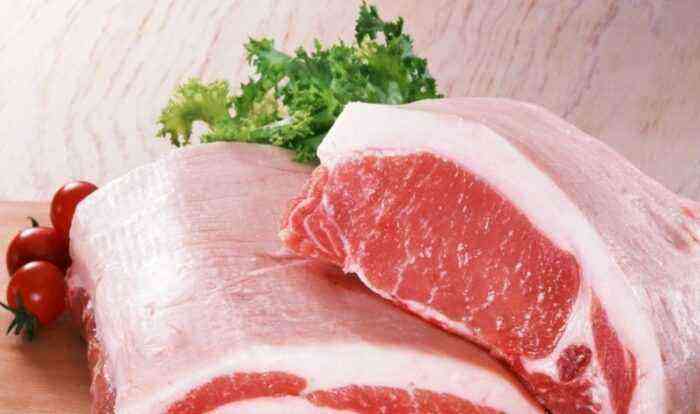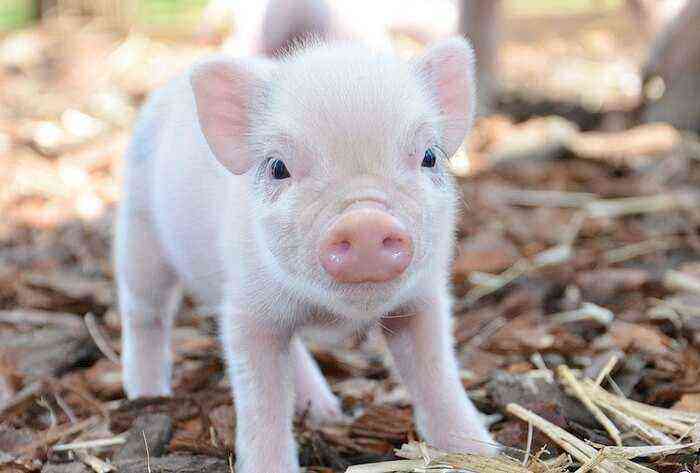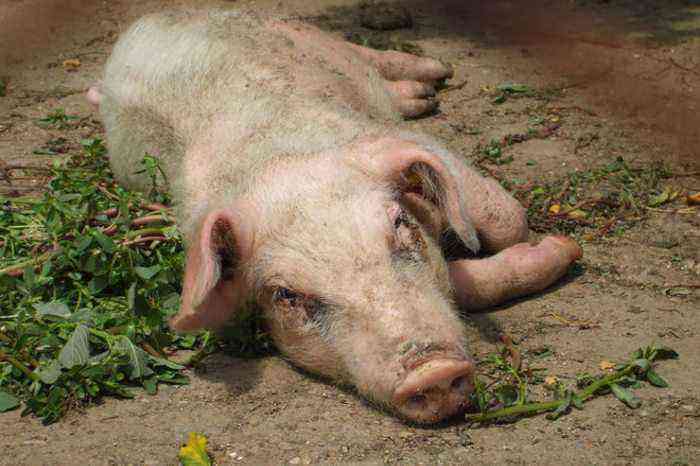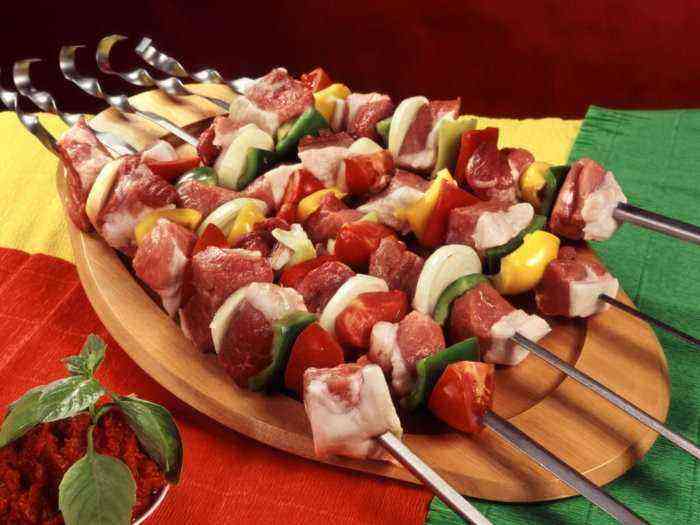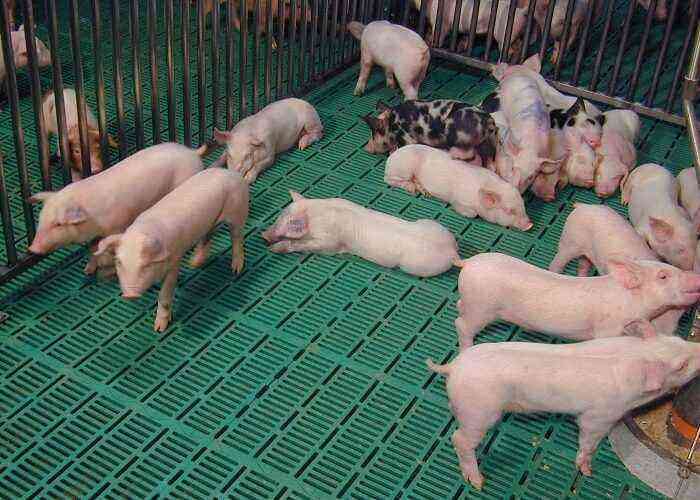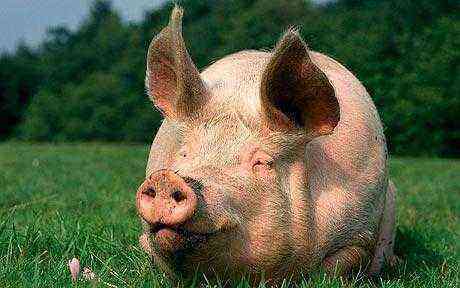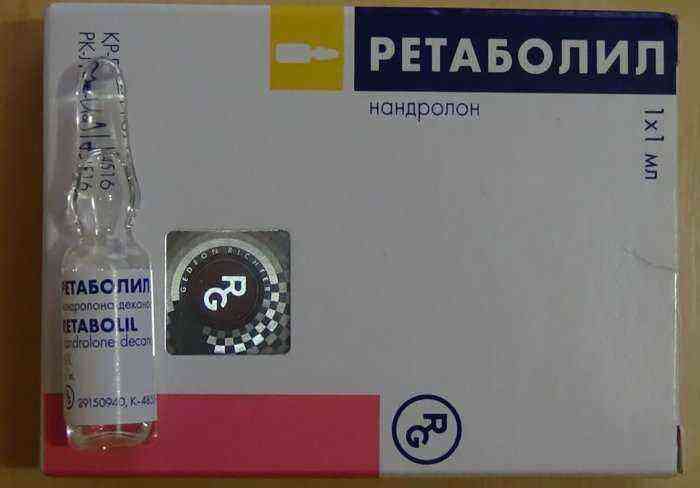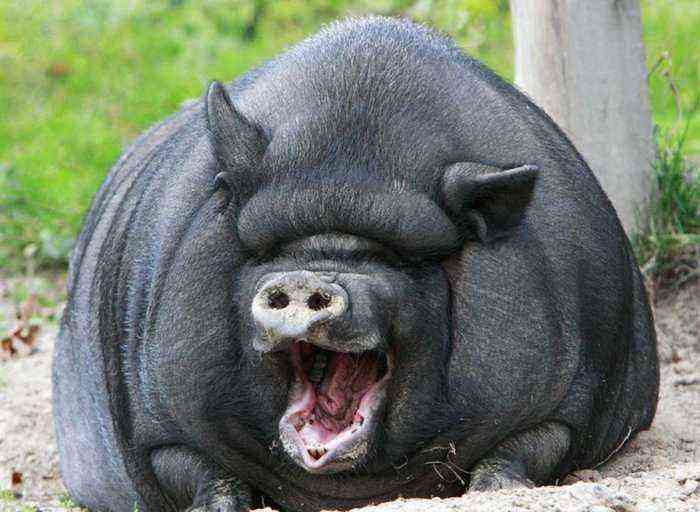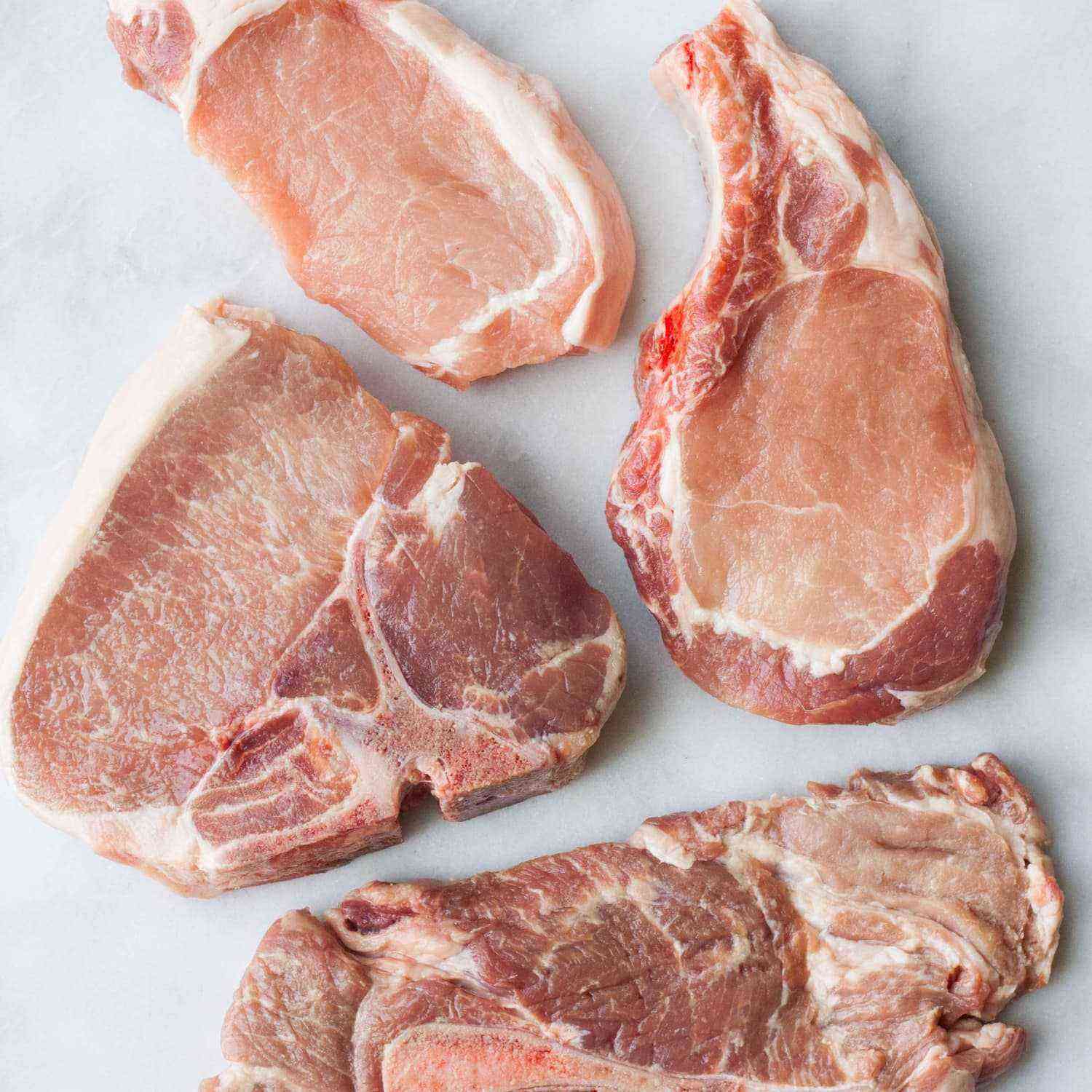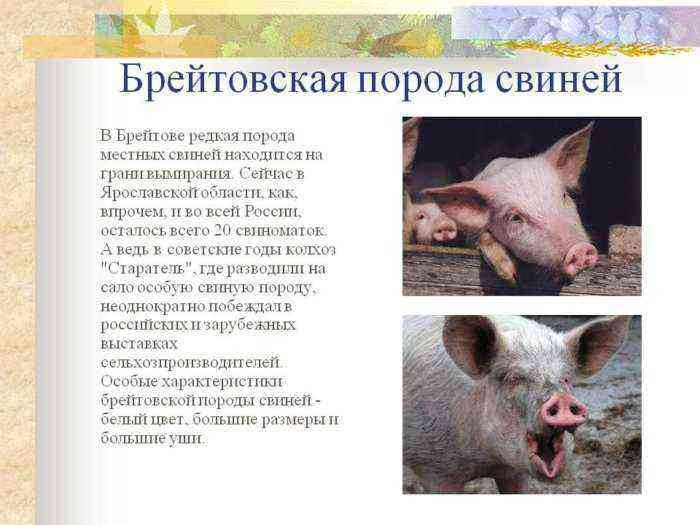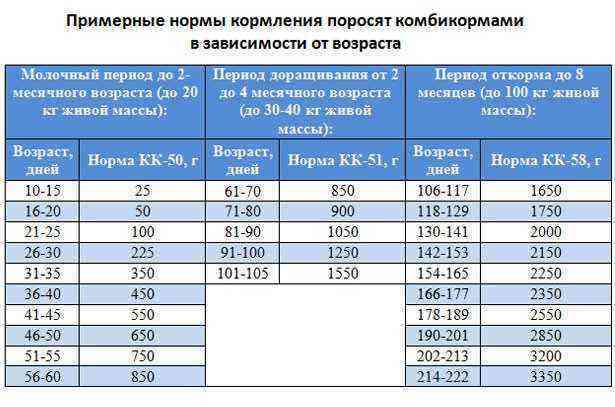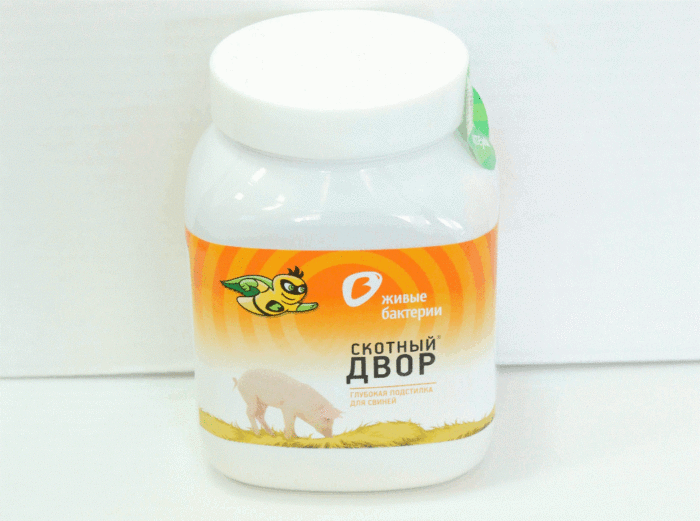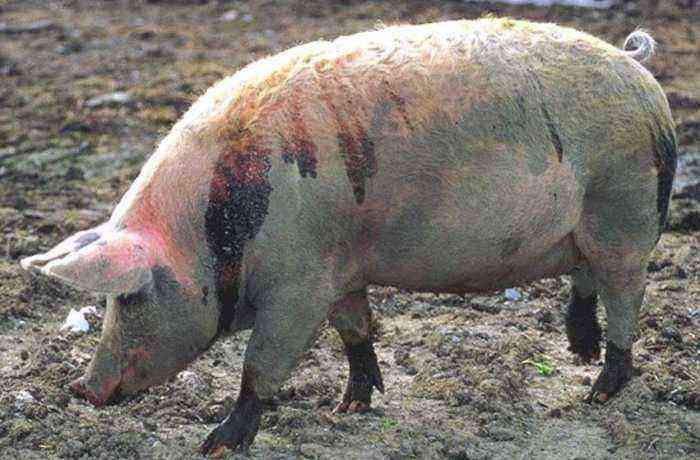In the agricultural sector, pig breeding plays one of the main roles. But breeding animals requires a clear understanding of what end product you want to get. Based on this, farmers are guided by three main production types – meat, meat-fat and lard breeds of pigs.
Greasy pig breeds
Whichever species is chosen by the farmer, in order for the animals to be strong and healthy, you need good maintenance, proper care and proper feeding. Pigs eat everything, but you can’t feed them haphazardly, otherwise the fat and meat will be of poor quality, and the animal itself may get sick. Therefore, the issue of fattening must be approached with all seriousness.
Existing directions for fattening pigs
It is best to start fattening pigs in spring or summer. Since the stomach of pigs does not digest whole grains well, it is better to grind grain products. It is desirable to give food to piglets not hot, but warm. Lunch that is not eaten by the kids is not left, but thrown away and the next feeding is carried out with fresh food.
It is undesirable that the basis of the diet is foods with a high content of liquid (mainly vegetables), since they contain a low percentage of proteins, which inhibits weight gain. To compensate for the lack of amino acids, the menu should include soy, fishmeal, barley, chalk and other foods containing calcium. When adding 30-35 g of salt to food, food is better absorbed. In addition, you need to ensure that the diet includes vitamins and minerals.
Important! The animals are fed twice a day. It is necessary to ensure that there is always fresh water in the drinker.
Varieties of fattening
Three types of fattening are distinguished depending on the goals.
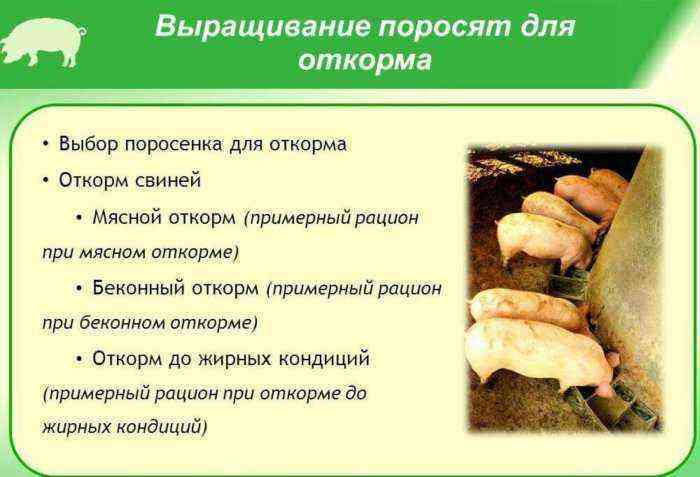
Three types of fattening
meat fattening
The main goal is to get lean meat. Start fattening animals, starting from 3 months of age, and finish when they reach 8 months. At this time, the weight varies from 100 to 120 kg. The edible share of meat is 70-75%. If you continue fattening up to 130 kg – 85%. Feeding takes place in two stages.
- Nutrition and calorie content of food is average, movements are not limited. Growth rates average 600 grams. Lasts until reaching a weight of 70 kg. This is mainly the summer period and in this case, about 1/3 of the diet should be greens, vegetables and grass. In winter, this part of the diet is changed to silage, root crops, animal feed. The rest of the food is concentrates (a mixture of corn, barley, bran, fishmeal). Be sure to include vitamins A, B, E, amino acids. The right diet allows you to gain growth with little feed consumption.
Peculiarity! Normal carcass growth is achieved by maintaining a balanced diet. The feed should contain 115 grams of protein per individual so as not to slow down growth.
- The nutritional value and calorie content of food increase, movements are limited. Weight gain per day averages 800 grams. At this stage, half of the diet consists of potatoes, beets, legumes, food waste, dairy products. Exclude food that negatively affects the taste of meat (fish products, millet, bran). The second half of the diet is concentrated feed, the nutritional value of which is about 90%. The food also needs the content of calcium and phosphorus (crushed shells, chalk), vitamins and minerals.
Bacon feed
To obtain bacon, that is, tender and juicy meat with thin layers of fat. For bacon fattening, animals with a wide chest and back are chosen. Pigs of special breeds “Landrace”, “Estonian bacon”, sometimes “Metis” are ideal. It starts when the piglets are 3 months old and ends at 7 months of age, when the animals reach a weight of 100 kg. It also consists of two stages.
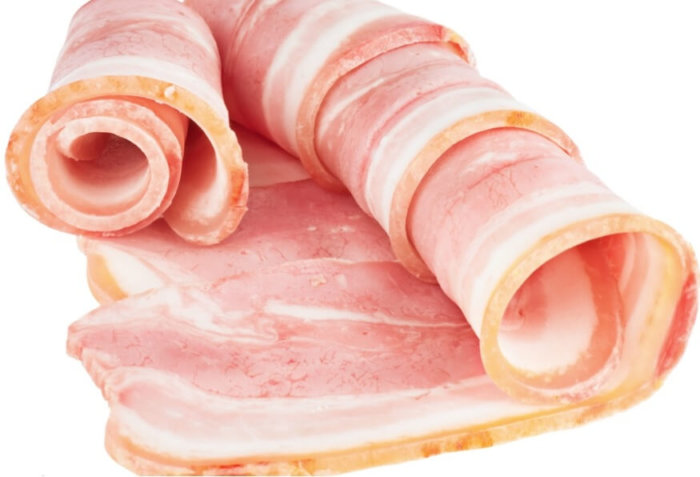
Bacon
- It is carried out until the age of 4,5 months and gives an average increase of 460 grams.
- It lasts until the age of 7 months and gives an average gain of about 700 grams. Eliminate or limit the intake of foods containing fat.
Important! Mandatory inclusion in the diet of barley. As a result, the quality of meat and fat is improved, and the negative impact of some components on the taste of the product is neutralized.
Fattening
The main goal is to get bacon. The desired thickness of the fat layer is 10 cm. As a result of fattening, the weight should be up to 200 kg, the percentage of fat is about 50%. Weight gain should be about 55%.
There are two ways to feed pigs to fatty conditions:
- weight gain of young animals – then during the preparatory period, food should have a high percentage of proteins;
- an increase in the mass of adult boars and queens that have lost their reproductive functions.
Fattening is carried out for 3 months. In the first month and a half, the diet is based on a large amount of root crops, hay, concentrates are added. In the next decade and a half, calorie content increases – legumes and corn are included in the menu. It is also necessary to add peas and barley to improve the quality of fat.
To choose one or another type of fattening, you need to choose piglets of an oriented breed. Currently, the breeding of pigs of tallow breeds is gaining more and more popularity. The livestock has certain features of breeding, fattening, as well as advantages and disadvantages.
Greasy pig breeds
Fat is a product that gives a lot of energy with a small volume. Therefore, tallow breeds are widespread. To obtain fat, minimal costs are required. Pigs of this species have a shorter period of muscle mass growth. Accordingly, the process of fat accumulation begins earlier and occurs much faster compared to meat and meat-fat breeds.
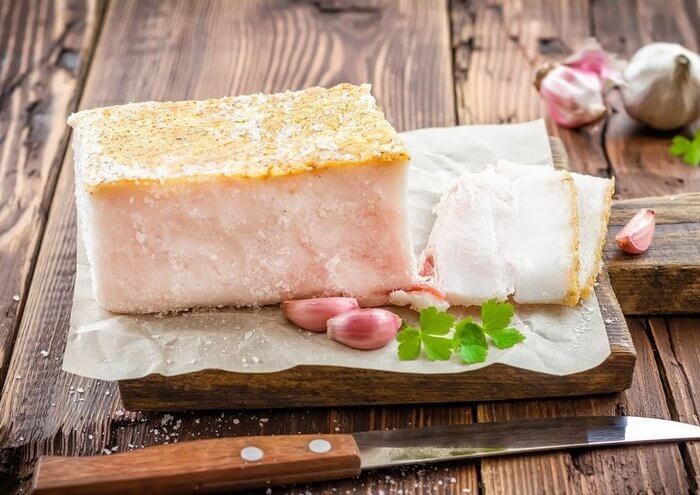
Fat
Pigs of this direction are characterized by massive addition. The chest part in volume almost coincides with the length of the body. The head is massive. The neck is short and thick. Short limbs, powerful hams. Animals of this species are distinguished by early precocity. The intensity of fattening leads to the acceleration of larding.
Large black
A breed bred in England. It was formed by crossing different breeds – “Neapolitan”, “Chinese black” and “English long-eared”. It appeared on the territory of Russia in the 40-50s of the last century.
Usually this species is crossed with “Big Whites” to increase offspring. Average farrowing from 8 to 10 piglets.
Breeding is focused mainly on warm climates. Representatives have a delicate, but large constitution – strong legs, broad chest and back. At the age of 10 months, they can reach a weight of 200 kg. The average weight of adults is: males 280-310 kg, pigs 200-215 kg.
Mangalitskaya or woolen Hungarian
Bred at the end of the XNUMXth century in Hungary. The livestock was driven out to the meadows for free range. Animals of this species are well adapted for walking on pastures and feeding on pasture.
On average, the weight of a male at 10 months of age is 160-180 kg, pigs – from 120 to 150 kg. With further fattening, the weight can reach 300 kg. The meat of this breed of pigs is dietary. The thickness of the sebaceous layer is 8-10 cm.
Pigs are distinguished by strong legs and a massive physique, high immunity (which does not require vaccinations). Unpretentious in nutrition and conditions of detention. Sexual maturity occurs at ten months. In the first farrowing, the pig gives birth to 5-6, and in the next – from 10 to 12 babies.

Woolen Hungarian pig with a baby
A characteristic feature is the presence of curly thick wool, which covers the body completely. Animals do well in any climate.
Ukrainian steppe spotted
The species was bred by crossing several breeds – “Mangalitskaya”, “Ukrainian White Steppe” and “Berkshire”. Adult boars weigh from 280 to 300 kg, females from 180 to 230 kg. Average farrowing from 9 to 10 piglets. A distinctive feature is the variegated coloration.
Representatives of this species have the best qualities of crossed breeds – a massive physique, multiple pregnancies, easy adaptability to warm and cold climates. The combination of good milk characteristics and the presence of good maternal qualities virtually eliminates losses in the rearing of offspring.
Mirgorodskaya
The breed was bred in 1940 in the Poltava region by numerous crossings of the species “Ukrainian short-eared”, “Large white”, “Berkshire”, “Temvos”. The average weight of males is 250-300 kg, females – 250 kg. Average farrowing 10-12 babies.
Representatives of this species easily tolerate different climatic conditions, are unpretentious, have high viability, and are resistant to stress. Spotted color. Pigs of this breed are characterized by a massive build, strong legs, a wide chest and back – chest girth and body length are approximately the same, sometimes chest girth exceeds the length of the body.
When choosing animals for breeding, you need to consider proper feeding and care. Greasy breeds of pigs are well adapted to various climatic conditions, have high precocity and fertility. Competent fattening and good care guarantee a product of the highest quality.


